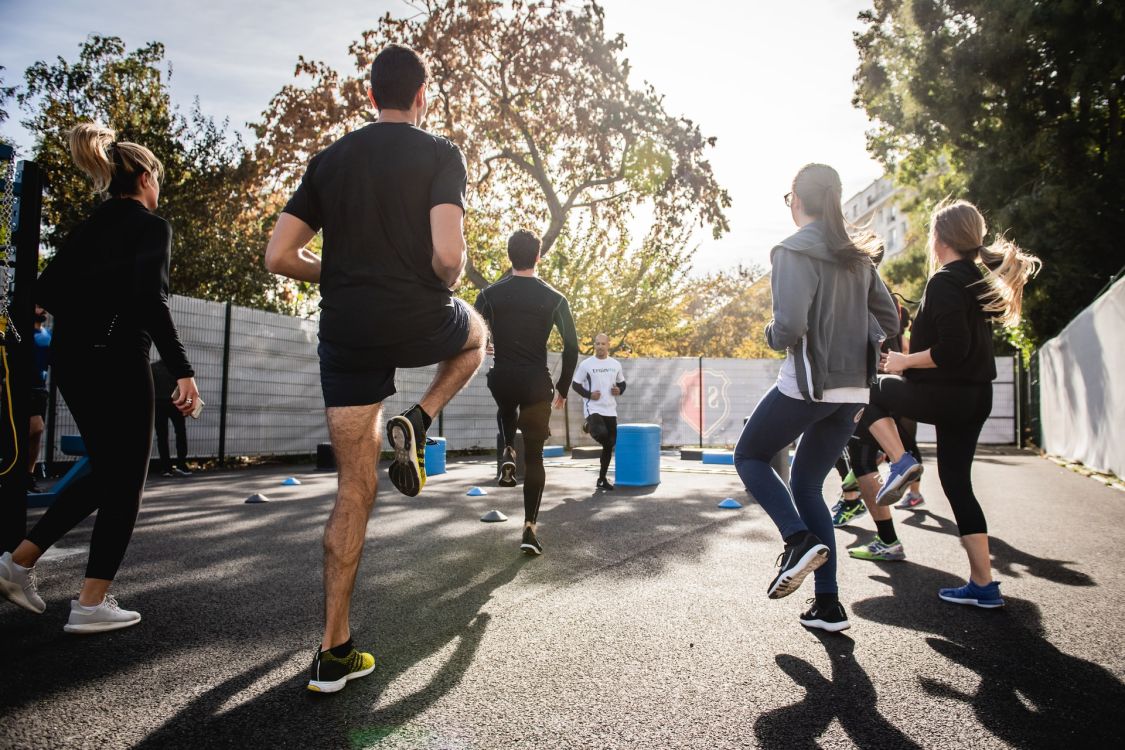Preventing Sports Injuries in the Spring

Be Ready.
As the seasons change and the weather gets warmer, anticipation for spring sports also rises. Among these sports are baseball, softball, soccer, and track and field. Many spring sports involve a lot of running and often in a field that can quickly become muddy during spring rain showers, which can result in injury. Here are some ways to prevent accidents.
Check the equipment.
Especially for many spring sports, protective gear and proper shoes, such as cleats, are essential to playing safely. Other equipment can include helmets, skin guards, gloves and padding. It is important that these are kept in good condition and replaced at the beginning of a new season if they have been damaged, worn out, or outgrown in the case of children; otherwise, you risk injury.
Maintain the environment.
One of the biggest factors is weather, and in the spring it can be quite unpredictable. Always make sure to check the forecast and bring adequate clothing and gear. If it is raining, and you are not able to move the activities indoors, it would be good to bring an extra pair of clothing to change into afterwards to prevent getting sick. Another environmental factor to watch out for is the field. Athletes are not the only ones who are excited to be out. Many squirrels and other burrowing animals also emerge, often creating deep holes in the field that hold high potential for a sprained ankle and other injuries. Always make sure to scout the field and or perform maintenance to ensure the safety of players. It would also be a good idea to put physical markers near danger zones to warn players to be cautious.
Ease into it.
Sports played in the winter and fall may require the use of different muscles and movements than spring sports do. For example, football that is played in the fall is a high impact sport, while track and field is often stamina based. Different physical conditioning is needed for both. Just because you have been active all year long does not mean that your body is still in the same condition as it was last spring. Always warm up, stretch and adequately fuel your body before exercising. For the first two or so weeks, allow your body to refamiliarize with playing sport, as well as with the physical conditioning that is performed off the field. If feeling sore or tender after a practice or game, make sure to stretch, rest, apply ice, and consume the nutrition that is needed for your muscles to heal. As always, hydrate before, during, and after activities.
Use the RICE method.
For non-emergency injuries. REST the injury and avoid putting weight or straining the part of the body that feels tender or painful. ICE the area to reduce swelling and pain for about 10-15 minutes at a time. Wrap and COMPRESS the area to prevent and reduce swelling. Make sure not to make it too tight so that it restricts blood flow to the area. Lastly, ELEVATE the injured part of your body so that it is above your heart. For example, if you sprain your wrist, prop it up with a pillow so that it is higher up than your heart when you are lying down in bed. Over the counter medications can also be used to reduce pain and decrease swelling. Always consult a doctor to make sure that it is safe first.
Get evaluated.
By a doctor or physical therapist if soreness or pain is persistent or becomes worse. It is better to catch an injury sooner than later. The earlier it gets treated, the faster the athlete can go back to playing at full potential.
A change of season and the opportunity to play a sport should be enjoyable, and that can only be done if athletes are not getting injured. Always check the weather, environment, and equipment, as well as making sure to properly prepare your body and sport gear before playing. Ease into training and make sure you rest and stay hydrated. Remember, you will only play well if you take care of your body.
Article written by Sinna Zheng
Penn State University
Rehabilitation and Human Services Intern
